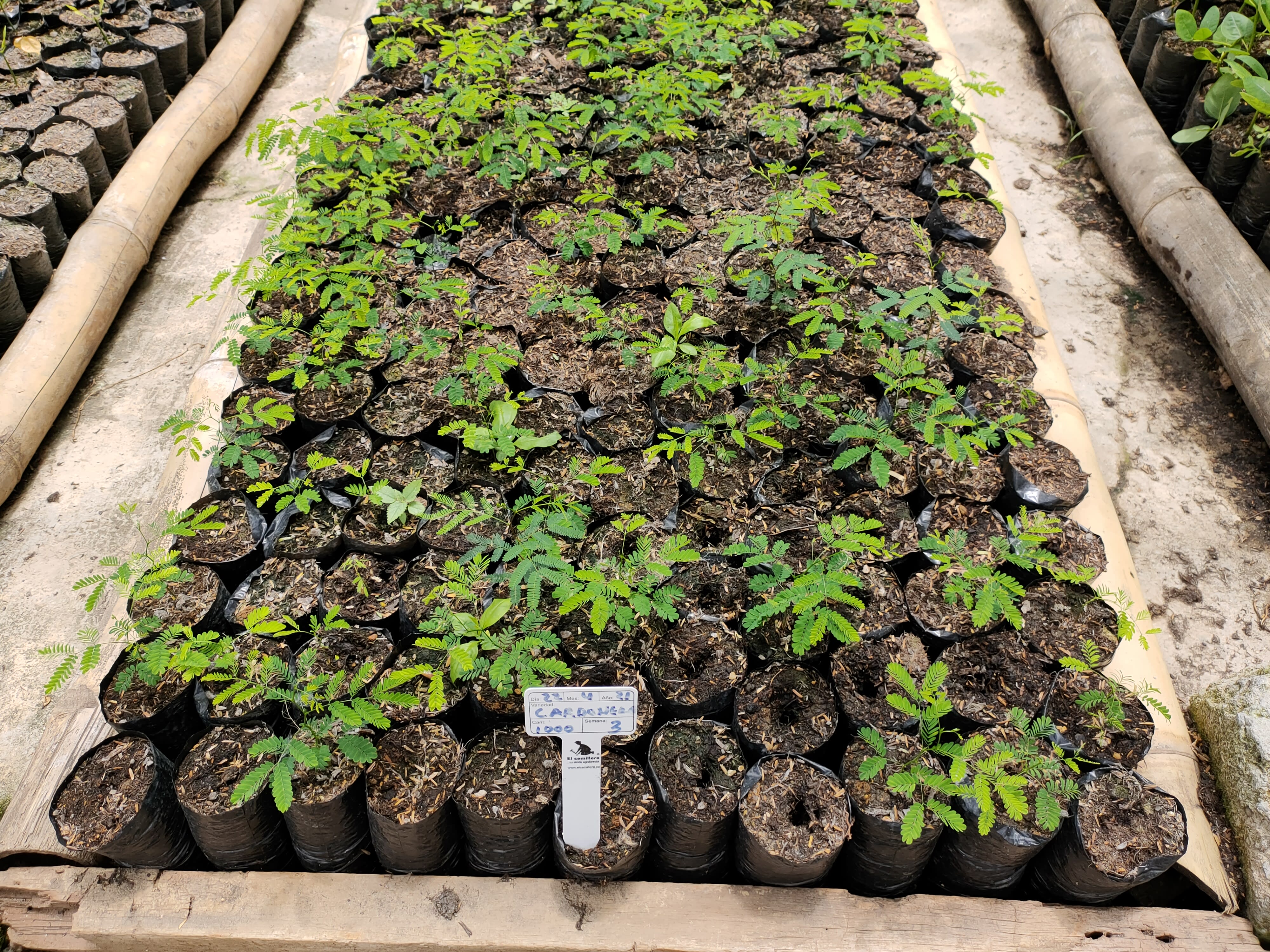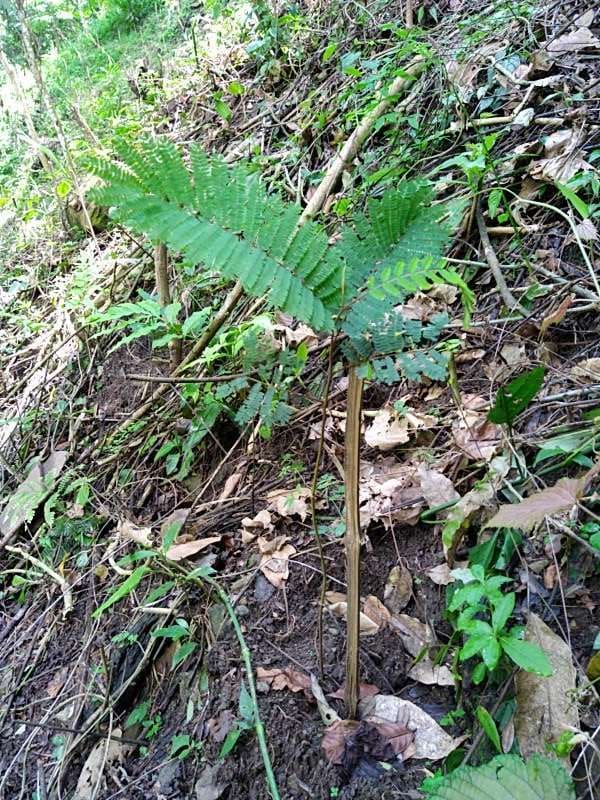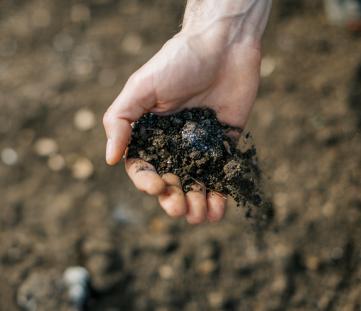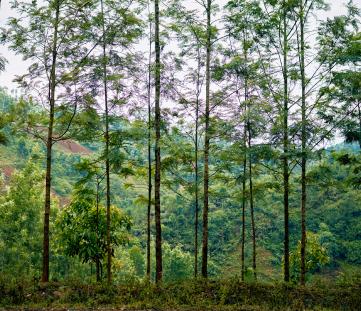ID: G77-J8PP
ID: G77-J8PP
Carbonero
Calliandra carbonaria
Photo
Colombia
12:48 - 27°C
My connections
My ID card
Who am I?
Date of birth
07/18/2023
Name
Carbonero
Tree
Carbonero
Where am I located?
Country
Colombia
Place of birth
Santa Marta
Coordinates
11° 12′ 40.54″ N
74° 2′ 25.29″ W
/-74.0403571,11.21126198,0/500x333@2x?access_token=pk.eyJ1IjoidG9tbWFzb3NwZXJvbmkiLCJhIjoiY2tnOTE3eW12MDJqazMybXNzOWV1YjloOSJ9.wtGsuDU7XIKjcv2cq8CiXw&logo=false&attribution=false)
My Timeline
The important moments in your tree's life.
Seed
It all starts with a tiny seed, nice and warm in the soil.
Nursery
Your seedling is big enough to be welcomed into one of our nurseries, along with many others.
Planted
We’re here! Your tree has reached its new home: it’s been planted by a smallholder, who’ll take care of it for years to come.
Photo
Strike a pose! Now that it’s big enough, here’s a photo of your tree!
My Gallery
Nursery

Planted
/-74.0403571,11.21126198,0/500x333@2x?access_token=pk.eyJ1IjoidG9tbWFzb3NwZXJvbmkiLCJhIjoiY2tnOTE3eW12MDJqazMybXNzOWV1YjloOSJ9.wtGsuDU7XIKjcv2cq8CiXw&logo=false&attribution=false)
74° 2′ 25.29″ W
Photo

Curiosity about me
The important moments in your tree's life.
Let's start with introductions
This very special species of Calliandra originates from the mountains of South America and grows from Venezuela to Peru.The "carbonero", as it is locally called, immediately catches the eye: its head-shaped inflorescence, covered with lots of red stamens, makes it impossible to miss. Calliandra are deciduous shrubs or small trees that produce crescent-shaped legumes. Despite this "productivity", Calliandra are also planted as support trees to provide shade or improve the soil.
Meaning
Nocturnal
Like many other Calliandra species, the carbonero displays autonomous leaf movements, also called "sleep movements". At night, the leaves fold up, and they open during the day.

How much CO2 I’ll absorb
My estimated CO2 absorption capacity is based on the first 10 years of my life*
Current absorption
- 10 kg
2023
0 kg
2033
-100 kg
* The tree will continue to absorb CO2 even after the tenth year. Therefore this is a prudent estimate.
How I am useful to local communities

Soil
It improves the quality of the soil thanks to the nitrogen fixation process or it reduces soil erosion, thanks to its extended root system.

Fence
It provides protection for crops and shade for livestock.
My benefits
20%
Food Security
The trees will bear fruits, some that will be edible immediately and others that can become edible through processing, ensuring food resources over time.
30%
Economic development
The trees' fruits and the products derived from their transformation can be traded in local networks, offering income opportunities.
30%
CO₂ Absorption
During its life cycle, each tree will offset CO₂. The trees that you plant can offset your emissions.
80%
Environmental protection
The trees are planted in agroforestry systems that favor the virtuous interaction between the different species and their positive impact on the environment and on the land.